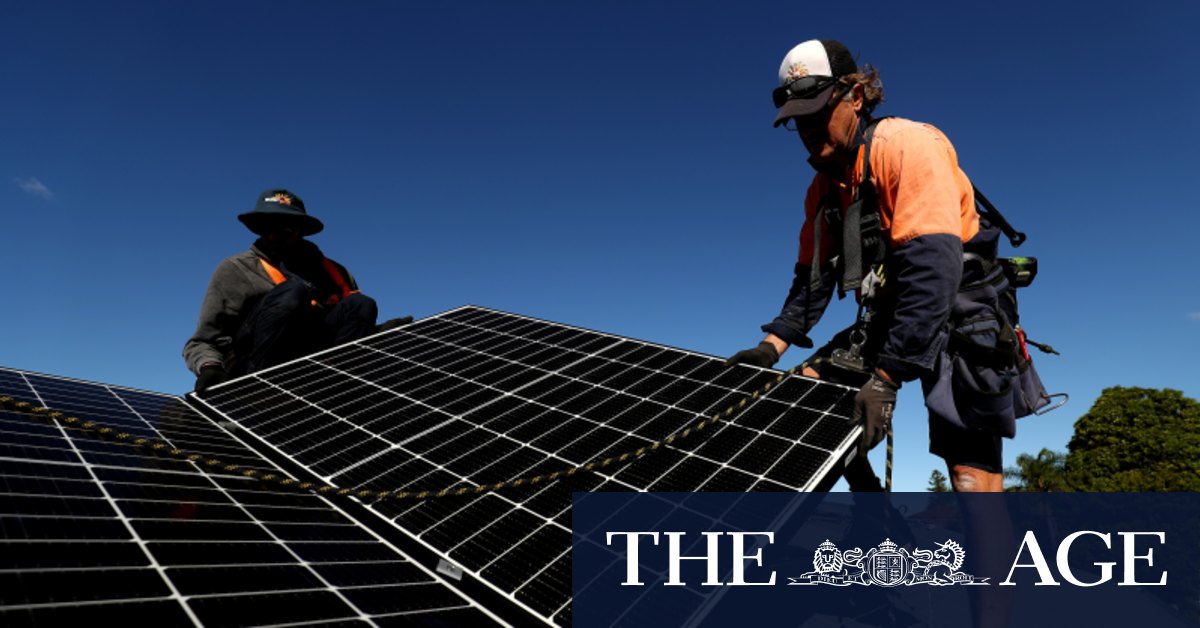DNSPs just need a trigger to install a digital meter, like a customer installing solar, or converting to 3-phase. My DNSP did it at no charge when I installed solar.
Yes it is to their benefit, because first they no longer need to employ anyone to visit your address and physically read it (smart meters communicate readings OTA at least once every 30 minutes) and second the homeowner now has choice to change to a ToU electricity plan, which is not possible with spinning dial meters.
But ToU plans can be of benefit to customers too, as it is in my case. Modelling my power consumption and solar generation patterns, no fixed rate tariff I have modelled is better than a ToU tariff. That is because despite my modestly sized solar array and single PW2, in 2023, I managed to shift 79% of my grid electricity consumption to offpeak. Only 16% is shoulder, and a mere 5% is peak.
Finally we can never have a “smart grid” without smart meters. If you want to see a renewable-only grid that is well-managed to everyone’s benefit, then everyone will eventually need a smart meter.



